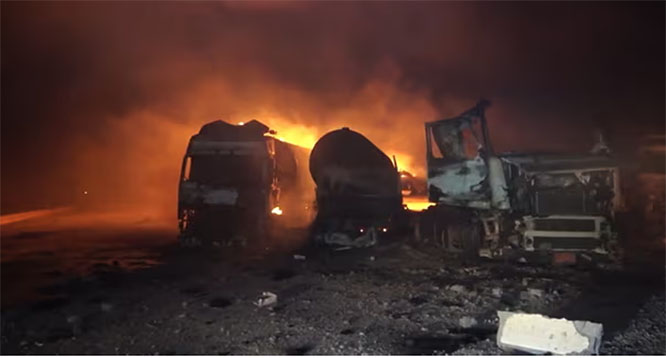Chandigarh, Aug 2: The parents of 16-year-old Harshit Sharma, who was in news after he claimed he had bagged an offer from Google, told Chandigarh administration that it was a mistake and the boy hadn’t got any such offer from the search engine giant.

“His mother called me up to say ‘It’s a mistake. The boy committed a mistake,” said the school principal, Indra Beniwal, adding that the mother further said the boy is being kept under medical observation as he was refusing to take food. The parents did not tell how the mistake took place. Nor did they disclose the boy’s location.
On Tuesday, Google had denied having offered the much-publicised 4 lakh-a-month training job to Harshit Sharma, who passed out from a Sector 33 government school in Chandigarh earlier this year.
The UT administration had started an inquiry into the matter and had sought a report from his school for issuing an official press release about his “achievement” on July 29. The release had claimed that he would be paid 12 lakh a month as salary after a year’s training.
The school on Wednesday shared the purported offer letter given by the boy to the school authorities. It did not mention any stipend or salary details. “It is my mistake that I did not verify his claims. Around 15 days ago, the boy came to school with sweets,” Beniwal said, adding that she has on her own sent a person to Kurukshetra to get to the bottom of the controversy.
The boy’s two phone numbers were switched off on Wednesday. His Facebook account says, “Works at Google, living in California.” Videos of celebrations that had been put up earlier, have been removed now.
It was on July 29 that the UT administration’s public relations department had released a statement that Harshit Sharma, who completed Class 12 from Government Model Senior Secondary School (GMSSS), Sector 33, this year, had bagged an offer from Google. This press release had led to several media outlets reporting this news.
Hailing from Mathana in Haryana’s Kurukshetra district, Harshit had told HT: “I kept searching for jobs online... I applied for this job in May, and was interviewed online. I have been interested in graphic designing for the past 10 years. I was selected on the basis of the posters I designed.”
Harshit’s parents are teachers. His younger brother studies in Class 10. During his time at the school, he stayed with his uncle at Dera Bassi.
Also Read: Google hires 16-year-old Chandigarh boy at an annual pay of Rs 1.44 crore






Comments
Add new comment